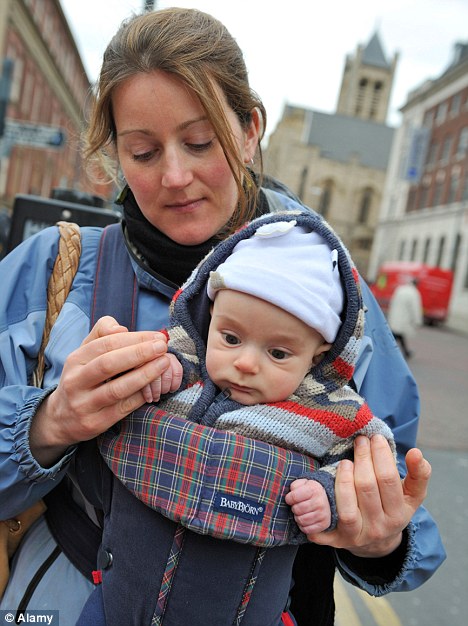Have you ever stepped into a revolving door and had it unceremoniously slam into your behind? Or tried to cut a slice of cheese with a double-edged knife and ended up with a slice of thumb, instead? (I know, the cheese should've been the first clue it was a bad idea.) Or decided it would be a fun idea to see how far you can throw a three-meter-long tree branch only to have the far end spin up and clip you on your chin after its first arc? Well, maybe I was just an accident-prone kid, or a slow learner, but all these things have happened to me. Luckily, they taught me a lesson, the essence of which being described by G.I. Gurdjieff when he said: "every stick has two ends." If you don't have a good idea of the material you're handling, the 'other end' can wind up smacking you with unanticipated results. I've got the bruises and scars to remind me.
Just like the knives, sticks and revolving doors of my youth, there are many other things that have the ability to 'cut both ways': actions, ideas, even the mind itself is a double-edged sword. In this article I'll be discussing some of the ways this principle has cropped up in our collective history of ideas. Specifically, I want to write about the so-called conflict between science and religion and how it has affected the way we see and interact with the world - the attitude we take towards nature, the cosmos, and ourselves. I think it's an important idea to ponder. Like a government censor at a national newspaper, a worldview determines what we value and therefore what we see; and what we see influences how we respond to the data we take in. It's the grand focuser of attention, like Tolkien's Eye of Sauron, directing its gaze on the world around us (only not quite as nasty, in most cases). But like every self-defeating fantasy-novel baddie, science and religion have both ended up shooting themselves in the foot, losing sight of their original aim and purpose.



Comment: There is one proven technique called Éiriú Eolas that can greatly assist you with reducing your stress, to lessen the risk of damaging your DNA and it has many other proven benefits for your mind, body, and emotional well-being.